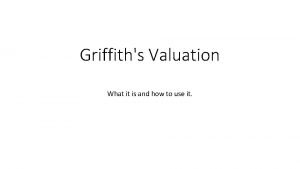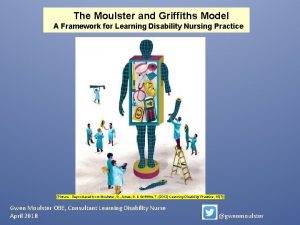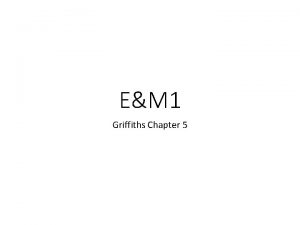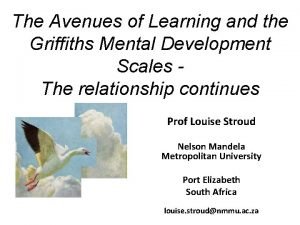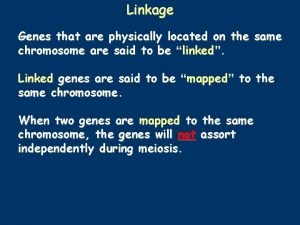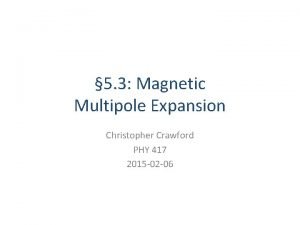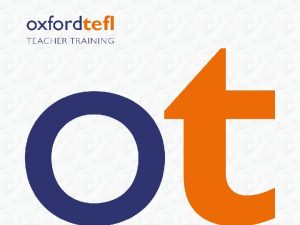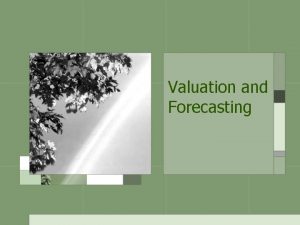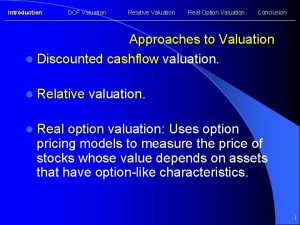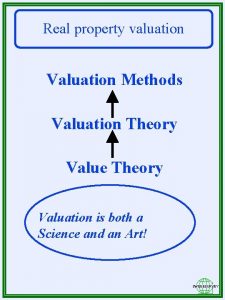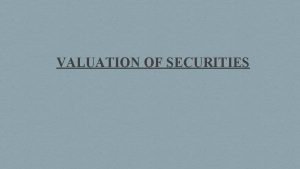Griffiths Valuation What it is and how to







- Slides: 7

Griffith's Valuation What it is and how to use it.

A history. • Griffith's Valuation was a boundary and land valuation survey of Ireland completed in 1868 • Sir Richard John Griffith • It recorded who owned the land if they rented the site. • It lists who the landlord is of that individual, and how much they paid or rented for the plot of land buildings on it.

USES: • It can be helpful in finding your ancestral grounds, if you are able to find a connection via other records to that particular family member. • It can be used to establish the wealth and/or profession of particular ancestors. • A very good source for finding names in areas predating the census • For example, if you know the registered birth place of an ancestor, you can search the valuation for that area, and find ancestors and their lands.

The site. • http: //www. askaboutireland. ie/griffith-valuation/ • It provides a simple search engine, with the most basic option of searching for a surname. • Advanced options allow for a full name search, a county search, and a barony/parish/union search • It is helpful to use this site https: //www. townlands. ie/ to find out the townland parish information to enter, as it can help narrow down your search, or it offers a map of townlands, if you find an ancestors plot of land.

• The search results will have many options. There will be a list of names, and the parish they lived in. there are then two options. • View a map, or view the document. • The document has a lot of information. Itll be a list compiled of all landwoners and who they pay rent to, ie landlords. • The valuation tells of what is on the property, ranging from no land, indicating fields, to houses, gardens and offices. House will be clearly indicated on the map • The letters A, R, and P, in the area section stand for acres, roods and poles • An acre is 4840 sq yards. • A rood is a quarter of an acre • A pole is 1/40 th of a rood

• Brackets denote relationships – land managed by multiple people, ie a family or community, or owned by the same person. • There may be more then one type of land owned by a person, so it has a separate row for area and price. This divide is based on soil quality. A grade or B grade. • Lower case letters denote what house a person lived in on the map. • Finally there is the value of the land, in the form of Pound (£), shillings (s) and pence (d). Buildings and land are valued seperatley, and then together

The Map • The key in the valuation is the key to the map. • The corresponding lot, and subdivisions appear on the map view, along with the buildings per site • For example, the larger lot 7 is divided into 7 A and 7 B, each with its own tenants. The reason for this is because a person may own multiple plots of land • Within this, a farmers house will be marked as “a” and any other buildings on the lot are then ranked “b” “c” etc.
